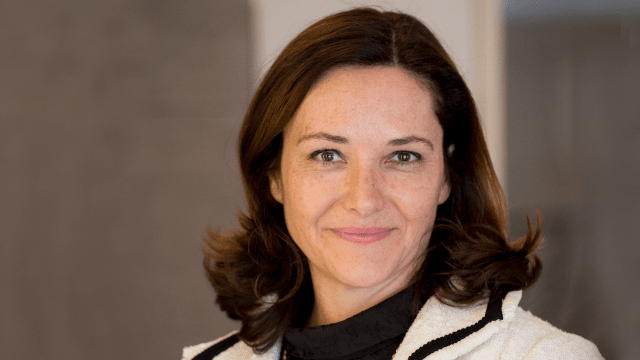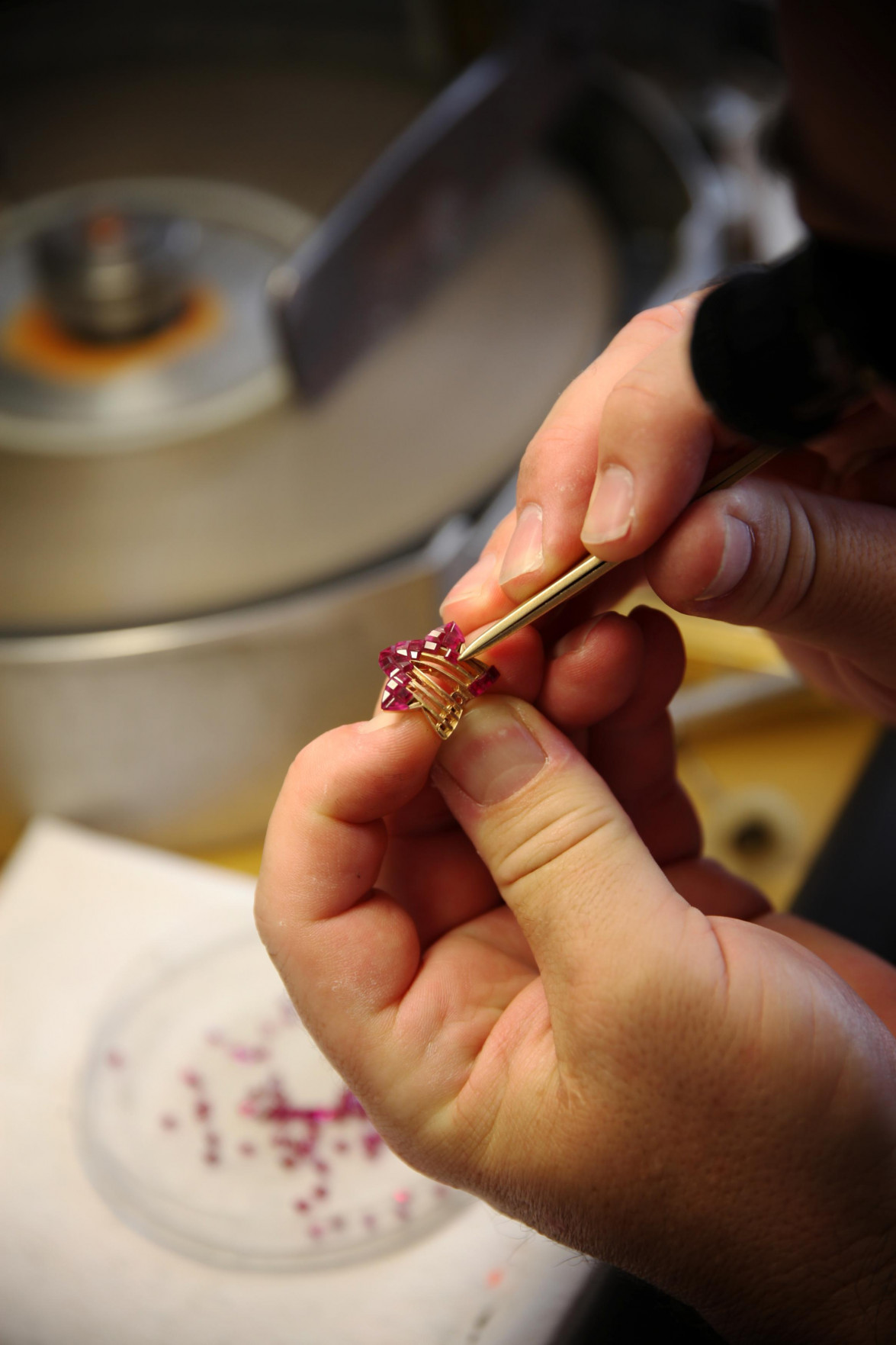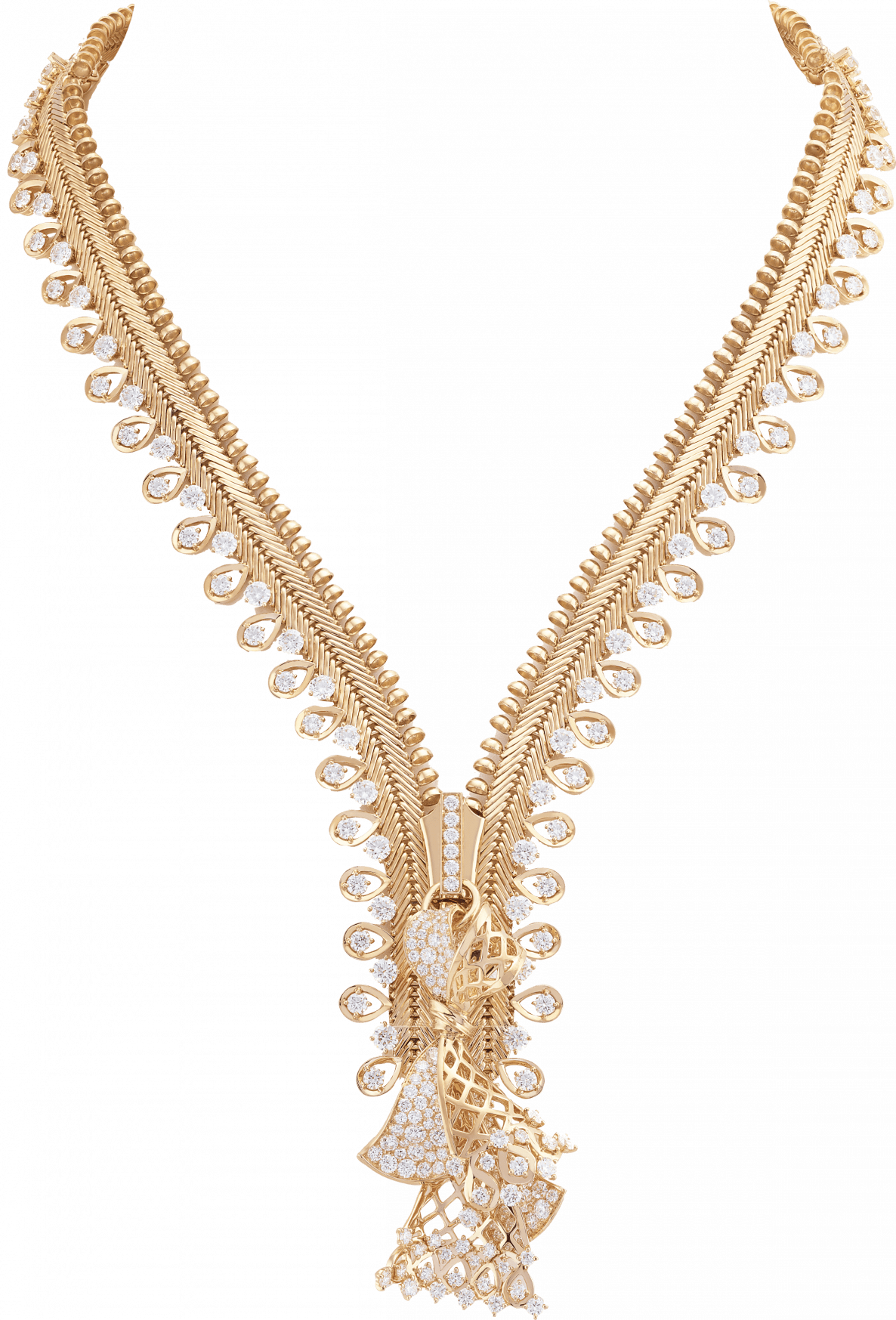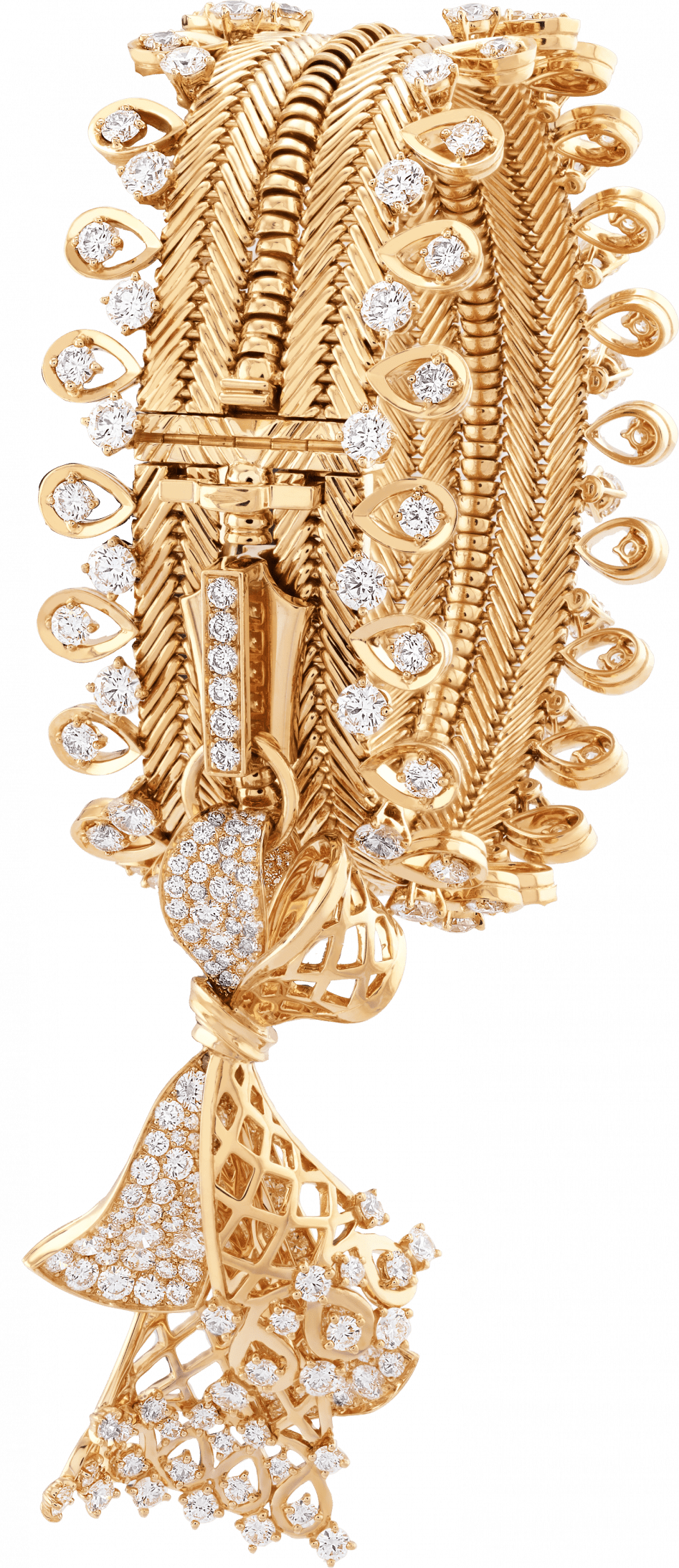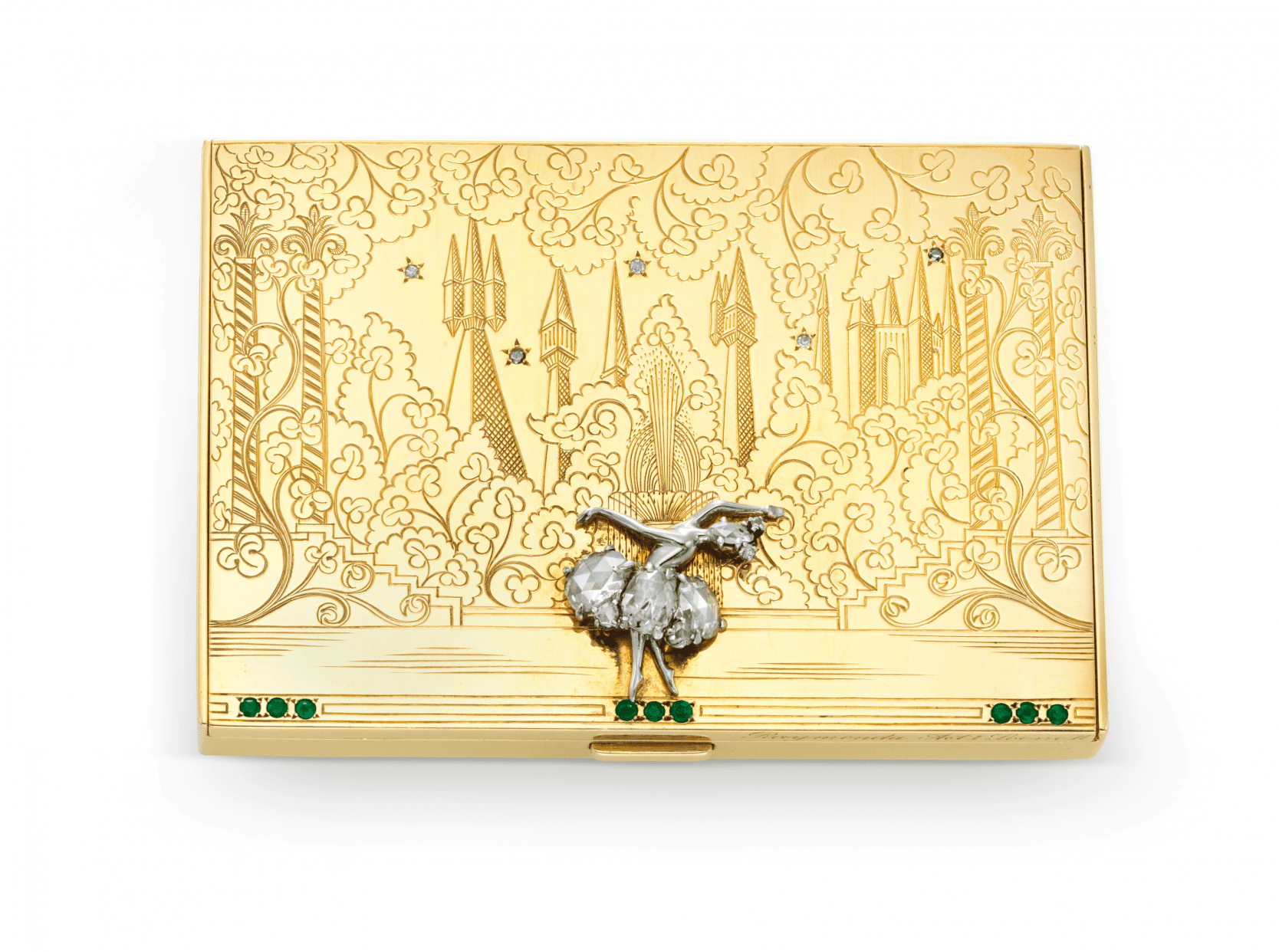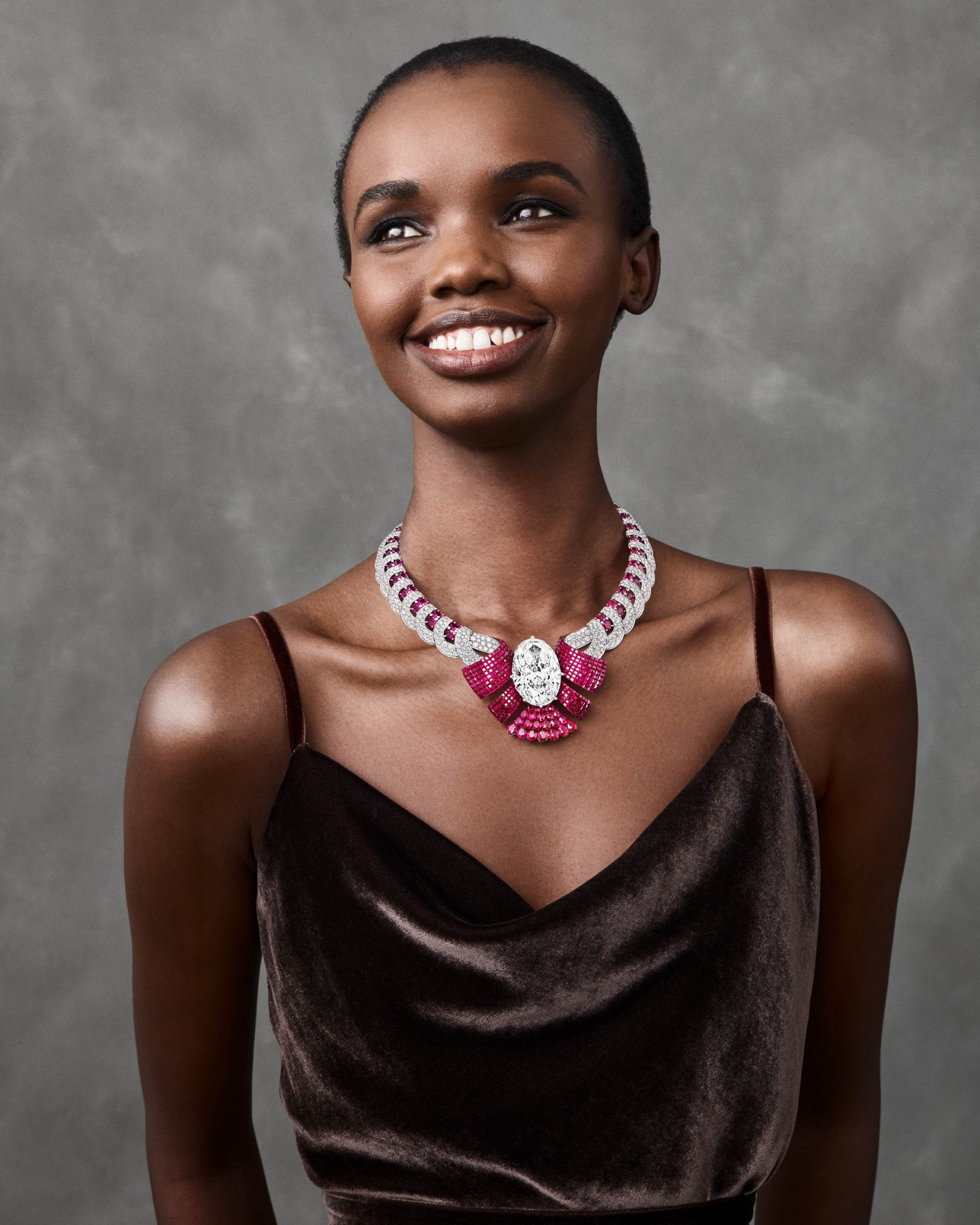Interview with Magali Jallot (EDHEC Master 1992), Managing Director France at Van Cleef & Arpels.
Almost 15 years with Van Cleef & Arpels (after just over 10 years with Cartier) have brought Magali Jallot (EDHEC Grande École 1992) close to the essence of transmission and savoir-faire at this prestigious firm, founded in 1906. From customer relations to managing its Fifth Avenue store in New York, and having spent three years at the head of the Korean subsidiary, her journey has brought her to a top management position in its French operations. The love of beauty can be measured by careful listening and teamwork.
How would you sum up your current position and responsibilities?
Van Cleef & Arpels is divided into several entities, and I am now responsible for its French operations within the Europe zone. In this capacity, I develop sales in France and Monaco, based on two robust pillars: image first of all, meaning the environment that we wish to project, the way we want to make ourselves known; and second our clientele, with whom we are intent on establishing links spanning several generations.
There’s also a timescale that I really appreciate. We are constantly navigating between everyday activities and longer-term projects. High-end jewellery is a world full of emotions that requires a huge amount of teamwork on the ground.
So the ultimate purpose of Van Cleef & Arpels really is to serve its clients …
Creativity guides everything we do, and our sources of inspiration are quite universal – love stories, nature, dance, literature. We take the time we need to get to know our clients, who might share with us a particular desire or come to us with a stone that they wish to embellish. Throughout our history, much of our creative output stemmed from meeting a particular need or telling a story. This was the case with the Minaudières – small items with compartments to hold lipstick, powder, a lighter and cigarettes – in the ’30s, inspired by Florence Gould, who used to use her cigarette case to hold her accessories, at a time when the handbag as we know it today didn’t yet exist. When our clients express a particular need, we do everything in our power to work with them and come up with a tailor-made item.
Does that notion of tailor-made generate a community of loyal clients?
Van Cleef & Arpels was a family-owned business until it was taken over by Richemont in the 2000s, and the family continue to visit the store in New York and are proud of the way the firm has been interpreted. We perpetuate that notion of family with our clients. At the Fifth Avenue store, I used to be in contact with three generations from a single family. We are honoured to be the jeweller for a family. What counts the most is that privileged link that transcends the generations.
How do you embrace that long-term vision in a world that is moving so quickly?
In the world of high-end jewellery, where perfection reigns supreme, we are proud to say that “time belongs to us”. There is no compulsion to present collections at regular intervals; instead we present each collection when it is completely finished. We only enter the design phase after first completing the sketch phases, gathering the stones, and developing the models to validate volumes. We move at our own pace because we still do everything by hand here in France. Some pieces require up to two thousand work hours. Such a long timeframe ensures that, with a certain independence, we attain a level of excellence.
Our pieces are handed down from generation to generation. Because clients form their own collections, we do not have any sense of urgency. But major trends have emerged over the years, like couture in the ’40s, or the presence of yellow gold in the ’70s. Which explains why nowadays, a large proportion of our clientele, as well as being attracted by contemporary designs, ask us for historic pieces, with a particular style or design and which already have a past.
Is craft jewellery know-how also handed down from generation to generation?
Yes, it involves skills that can be learned very early, from the mid-teens. But you need more than ten years to become an expert in the different skillsets of jewellery craft: stonework, crimping and polishing. These skills are handed down by working closely alongside more experienced artisans, who help them make tools and develop a fine touch. It’s often a family affair, with sons or even daughters following in their father’s footsteps to become jewellers. These are exceptional professions, at the crossroads between creativity, design and manufacturing, all done as a team in a constantly changing world. Each jeweller takes the time to reflect and then there’s the physical work phase, as they are the architect of each item. The expression “hands of gold” takes on its full meaning here, but one must remember that each item is a collective effort and moves through the hands of various artisans with different skillsets.
Beyond family traditions, how do you introduce others to these professions?
Our growth also depends on our ability to introduce people to these professions to drive recruitment and train the hands of gold of the future. Two years ago we set up an initiative (De Mains en mains, à la découverte des métiers de la joaillerie) in Lyon, a historic site for jewellery where we have workshops. We occupy several locations at Grand Hôtel-Dieu for more than a week, reproducing the workshop scenario with our own craft jewellery makers, crimpers, polishers, sketchers and CAD [NDLR computer-aided design] designers so we can present our work to a broad audience, secondary school pupils in particular. We try to attract them to a vocation at a time when they can direct their efforts towards these sectors with significant job opportunities.
We also do this at the École des Arts Joailliers, whose mission is to share the culture of jewellery with as wide an audience as possible. Founded in 2012 with the support of Van Cleef & Arpels, it offers an exclusive program built around three primary themes: know-how, the history of jewels and the world of precious stones. The school opens its doors to the general public, exposing them to the world of jewellery with classes, conferences, exhibitions and publications, both at its permanent locations in Paris, Hong Kong and soon Shanghai, and elsewhere in the world with travelling events.
Does Van Cleef & Arpels have a core identity that shines through in all its pieces?
Each house develops in a way that reflects its own inspirations and DNA and creates a consistent and recognisable world. Otherwise they would all look the same! We perpetuate the signature style of Van Cleef & Arpels by updating our techniques, know-how, stylistic approach and materials, while remaining faithful to our history. The firm emerged from the love between Estelle Arpels and Alfred Van Cleef, who both came from families working in the world of stones, and of course love stories have inspired many items and collections since 1906. We are guided by dreams and fairy tales, in poetic worlds which carry you away through the story we try to tell, but also through the technique used to represent it. Beauty is invented and reinvented perpetually.
How is the brand’s identity reflected in recruitment?
Van Cleef & Arpels offers many bridges between professions, markets and regions. We try to hire people imbued with benevolence, sensitive to our values of knowledge transfer and with a real interest in craft skills. Around 10 years ago, the firm launched the “Vis ma vie” initiative, offering all international staff the chance to replace a colleague for 4 to 11 months so they can test out their aptitude and enrich their professional skills with a new experience. When I was Director of customer relations and international development, I was able to discover the world of Retail for four months in Hong Kong and see first-hand the marked difference between the pace in a region and the market rhythm. Six months later, I was offered a position as Managing Director in South Korea. Our staff emerge from this experience with new skills, having shared their expertise with other participants.
Exhibition “Métamorphoses joaillières : innovations techniques et portés originaux”, Galerie du Patrimoine (20, place Vendôme – 75001 Paris), until 27 June 2023
Exhibition “Ors et trésors, 3000 ans d’ornements chinois”, École des Arts Joailliers (31, rue Danielle Casanova – 75001 Paris), until 14 April 2023
Join the EDHEC Alumni Luxury & Lifestyle club

Image gallery5
Comments0
Please log in to see or add a comment
Suggested Articles

